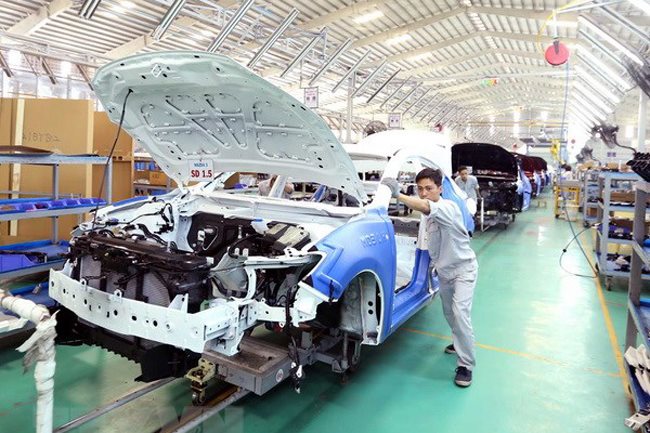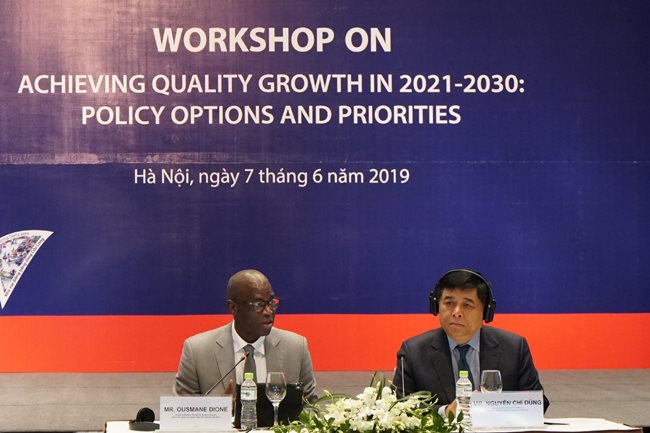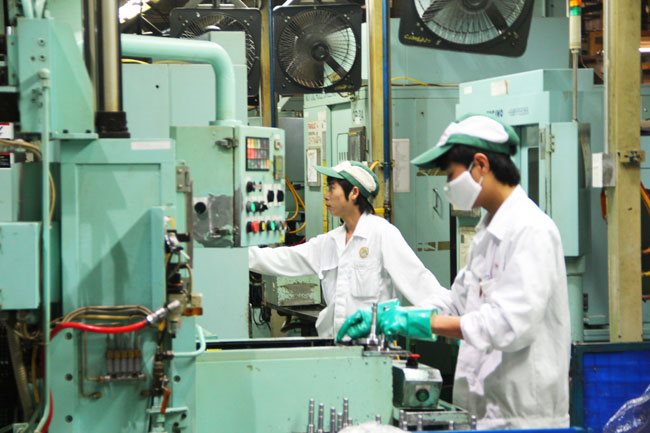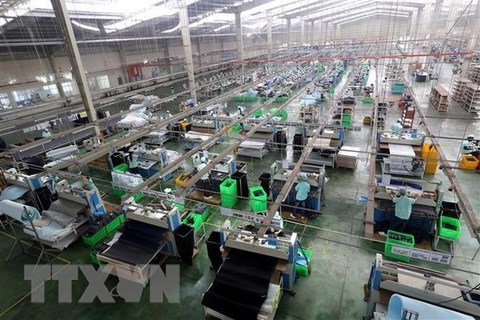Vietnam’s economic growth easing on global uncertainties: Report
Vietnam’s economic growth easing on global uncertainties: Report
Vietnam will likely see slowdown in its economic growth this year as export growth decelerates against the backdrop of Chinese-Sino trade tensions, the London-based Institute of Chartered Accountants in England and Wales stated in its recent Economic Update: South East Asia report.

Economic momentum moderated to 6.8% year-on-year in the first quarter of 2019, below the 7.3% increase in the fourth quarter of 2018. Growth in the quarter was underpinned by ongoing strength in the manufacturing sector, solid service sector activity and improving agriculture output.
The quarterly forecast for the region noted that the gross domestic growth (GDP) rate is set to ease at 6.7% in Vietnam, but this would still place the country as the fastest growing Southeast Asian economy.
While the other regional economies have recorded sharp falls in exports, Vietnam’s merchandise exports in U.S. dollar terms were 10.4% higher than one year ago in April, despite a double-digit fall in crude oil exports. However, this still marks a deceleration from the 13.3% growth recorded in 2018.
Moreover, the institute’s economists expect momentum to continue to trend lower, given weaker Chinese import demands and increased trade protectionism.
The recent re-escalation in United States-China trade tensions will add further downward pressure on external demands. While trade diversions may temporarily benefit Vietnam, it is still highly exposed to China, according to the economists.
They explained that total exports to China, in value added terms, accounted for 10.3% of gross domestic product in 2017, of which some 85% was used to meet Chinese domestic demands.
However, external demand is unlikely to dramatically fall, and the economists expect FDI and manufacturing production to remain significant drivers of growth.
The institute cited data from Vietnam’s Foreign Investment Agency as indicating that disbursed FDI picked up 9.8% year-on-year to a three-year high of US$2.6 billion in the first two months of 2019, with the manufacturing and processing sector garnering the most interest from foreign investors.
The economists also predict inflows to remain strong over the medium term, due to the country’s close proximity to China and positive labor dynamics, including low relative wages.
Its participation in trade agreements, notably as part of the Association of Southeast Asian Nations and policies to attract FDI, are also favorable. Additionally, Vietnam’s infrastructure metrics are improving.
However, according to the economists, structural reforms are needed to improve the abilities of firms to do business in the country, as well as ensure adequate education and training to enhance the scalability of production, notably in telecommunications, which is one industry where Vietnam has a comparative advantage.
In terms of monetary policy, they expect the State Bank of Vietnam (SBV) to keep its refinancing rate unchanged at 6.25% this year.
At the current policy rate, the monetary policy stance remains conducive to the continuation of economic growth and, while the inflation outlook remains moderate, the strong GDP growth eases pressure on the central bank to add more stimuli to achieve an annual growth target of 6.7%.

















